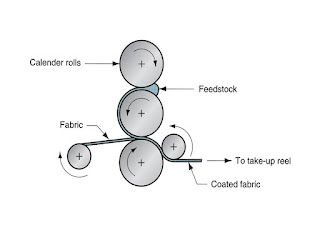Hovercraft
Hovercraft:
Hovercraft, also known as an air-cushion vehicle or ACV, is a craft capable of travelling over land, water, mud, ice, and other surfaces. Hovercraft are hybrid vessels operated by a pilot as an aircraft rather than a captain as a marine vessel.
Working of Hovercraft:
The basic mechanism of a hovercraft is very simple: there's an engine that powers both a large central fan, pointing downward, and one or more other fans pointing backward. The central fan creates the lift that holds the craft above the waves; the other fans propel the craft backward, forward, or to the side. A rubber skirt (with or without fingers) traps a cushion of air under the craft. Side-wall hovercraft have only partial skirts: with solid sides and a skirt only at the front and back, they can be powered by quieter propellers on water jet engines, making them quieter.
. The skirt greatly improved this situation with obstacles no longer being a problem.
A hovercraft can carry a payload exceeding 50 tons (45,000 kg),
along with 30 personnel.Elastomers are used in two key areas of hovercraft:
A NR/Nylon fabric forms a skirt, which hangs from the sides in the form of conical flaps to guide the downward airflow. In addition, a polychloroprene /Nylon fabric forms an inflated tube along the periphery. This serves to cushion the craft and as an auxiliary flotation device
The primary military use of hovercraft is for ship to sea transport, shuttling troops and equipment, and for traversing beaches. They are especially effective for mine sweeping in shallow waters and have also been used for humanitarian relief.





Comments
Post a Comment